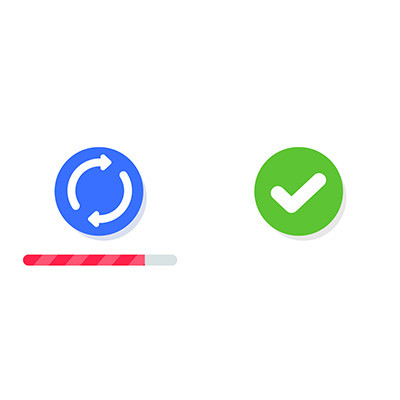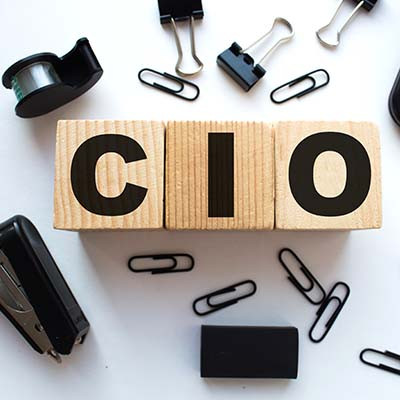Ferrum Technology Services Blog
Your business might have a full-time IT person, but it also might not have one, and in cases like this, you might find yourself waiting to call your go-to person until you are experiencing a full-blown problem. The reality is that your internal, non-IT staff should not be responsible for the job of your IT department, and if you are relying on someone externally to handle your technology help, then you’ll want to make sure they tick all of the following boxes.
Technology is a major player in today’s business environment, and in most cases, companies have someone in their executive suite whose sole purpose is overseeing their technology systems. This individual—the Chief Information Officer, or CIO—is incredibly important to the everyday operations of businesses.
We’re right in the middle of tax season and accountants are having to manage potential attacks on their data. Since people depend on your organization to keep their most sensitive information secure, having an effective strategy to protect that information is extremely important. As an IT service provider, we have solutions to help accountants handle this issue. Let’s take a look.
Monitoring parts of your business is a good practice as it allows you to get out in front of any potential problem it may have. As IT is concerned, monitoring is a crucial part of ensuring that every part of your business’ computing infrastructure is working as intended. Today, we thought we’d discuss the tools used to monitor IT networks and infrastructure, and what effect that can have on your business.
For the business that relies on their IT, malfunctioning systems can be costly, both in terms of maintenance and the loss of productivity from downtime. When your business chooses to outsource its IT support it gains access to several services designed to keep downtime to a minimum and keep your technology working for you. In part two of our five-part series on the benefits of managed services, we describe the value of our 24/7 help desk and other forms of IT support.






